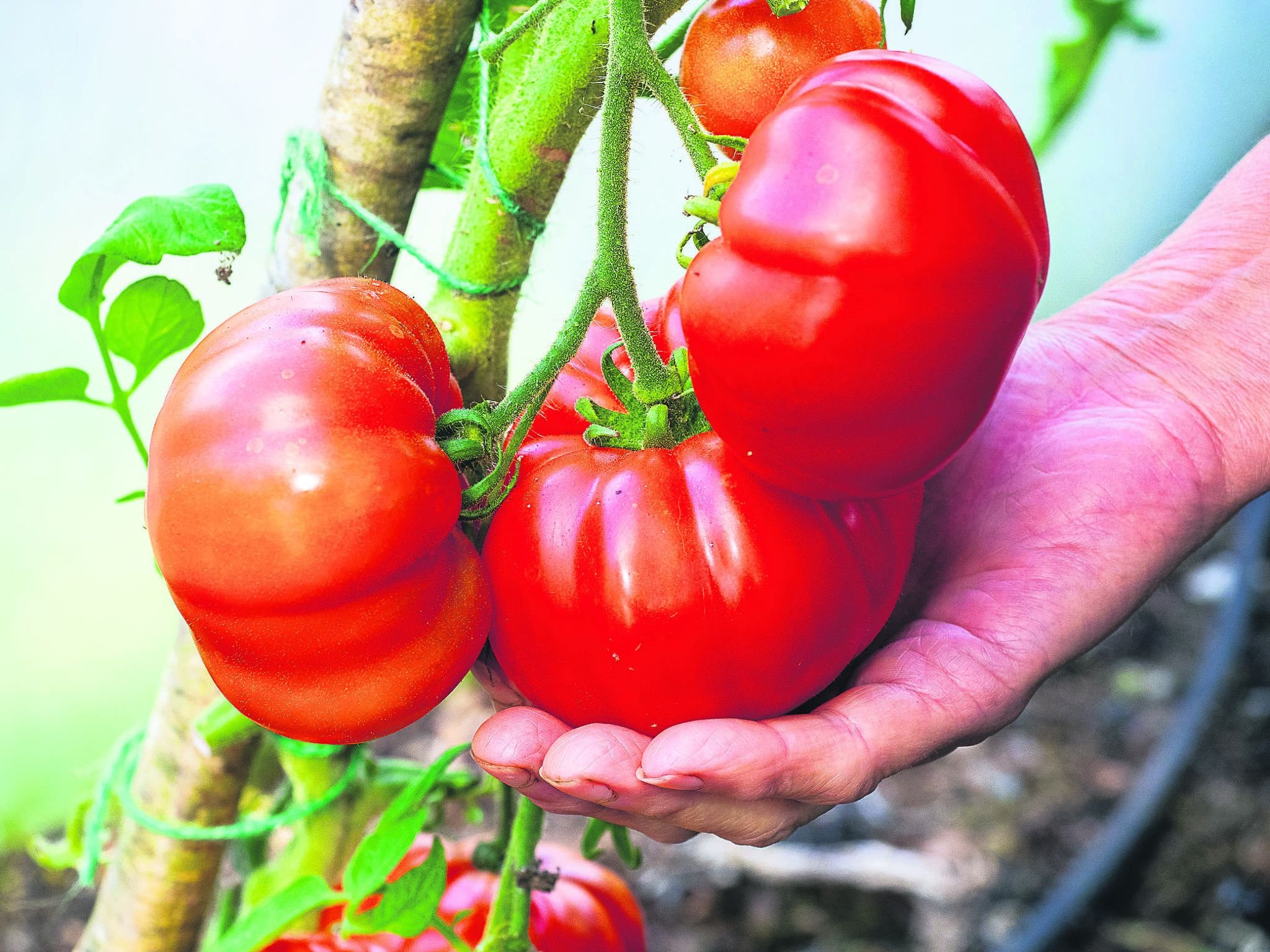

WE are into the long autumn wind down at this stage and garden work is less pressing. Mowing intervals can be stretched out and of course there is plenty to harvest, but few things will suffer if jobs wait a short while before we tackle them.
It’s a time to look ahead and start tidying and clearing. There’s no huge rush, but the more you get organised over the next few weeks, the more you will be garden-ready when the sowing and growing season picks up again next spring.
Inside the greenhouse
There’s a change in the greenhouse and polytunnel in September. Spaces clear as some summer crops finish and the small cold-weather plants that you have grown can go out to replace them. There’s always a point when you have to decide which plants have done their job and can be removed and replaced by something more productive.
For some plants it’s easy – once sweetcorn cobs are removed, the plant can be evicted. For others, like failing cucumbers, or bolting spinach, the decision can be harder. Look at plants closely. Are there still small cucumbers ready to grow bigger on a slightly tatty plant? If so, then leave it a while longer and see how things progress. You may get fruits through October in a mild autumn. If there’s mould and softening of the stem, or no fruits in sight, then remove the plant and use the ground to grow something that will crop through the winter.
Leaves can be stripped from any bolting plant before it is lifted – if they are still good to eat, then use them.
 Big tomatoes are slower to ripen than small ones!
Big tomatoes are slower to ripen than small ones!Greenhouse jobs:
Watering should aim to keep soil damp, but not sodden. The amount of water that plants need, reduces from here on as we head towards cooler weather. Overwatering can cause tomatoes to split or roots to rot.
Ventilation is still hugely important at this time of year, so I tend to leave at least one door open until night temperatures drop below 6C. Keep doors open during the day if possible. Poor ventilation leads to more mould and mildew issues.
Diseased leaves should be removed before they spread the problem further. It’s best to reduce the number of grey mould spores if possible – these can spread to winter brassicas.
Clear and tidy used pots and containers. You should wash these ideally, before storing in a shed, but this job will wait a few weeks if you are busy.
Keep harvesting tomatoes, peppers, French beans, cucumbers, basil etc. while in good condition. These tender plants will start to fail, or crop less bountifully, as temperatures drop and you want to get the best that you can in the meantime.
Keep sowing spinach, lettuce, salad leaves, spring cabbage etc to eat through the colder months.
A word on tomatoes
Tomatoes come in a range of shapes and sizes. Cherry ones can be the easiest to grow – they tend to ripen earliest and continue to crop for longest. Having said that, it’s well worth trying one or two plants of the larger beefsteak varieties. These look spectacular and they taste delicious eaten in large fresh slices. The only problem is that they ripen later in the season than smaller ones. It may be that you are stuck with lots of large green fruits in September. Use the same technique, that you may have used early in the season, of hanging some ripe tomatoes right next to the green ones. This will help to kick start the ripening process.
 Pick fresh figs before the birds discover them.
Pick fresh figs before the birds discover them.
Figs
It has been a good year for many fruits, in spite of the inconsistent weather. There has been enough water to allow them to swell and then just enough sunshine to allow for ripening. Maybe there wasn’t enough sun to get the maximum sugar content, but I don’t mind a slightly tart blueberry or blackberry. And if you pick and place a tray of fresh-picked soft fruits on a sunny window-ledge, they will ripen and sweeten further before using.
We have plenty of figs ripening nicely too. I always intend to net the tree and never do so – this means it’s a bit of a battle between the birds, wasps, and humans to get to the ripe figs first. We all usually end up with enough, I suppose, since the tree is so productive.
The problem with netting a large tree is that there is a danger of pulling off the small figlets, that will provide next year’s fruit, when the netting is removed. My solution is not to dither when I think a fig is ripe enough – if I hesitate and decide to leave it, the birds will always get it first.
Tip: figs don’t keep for more than a day or two after picking, but they do freeze well if cut into quarters.










